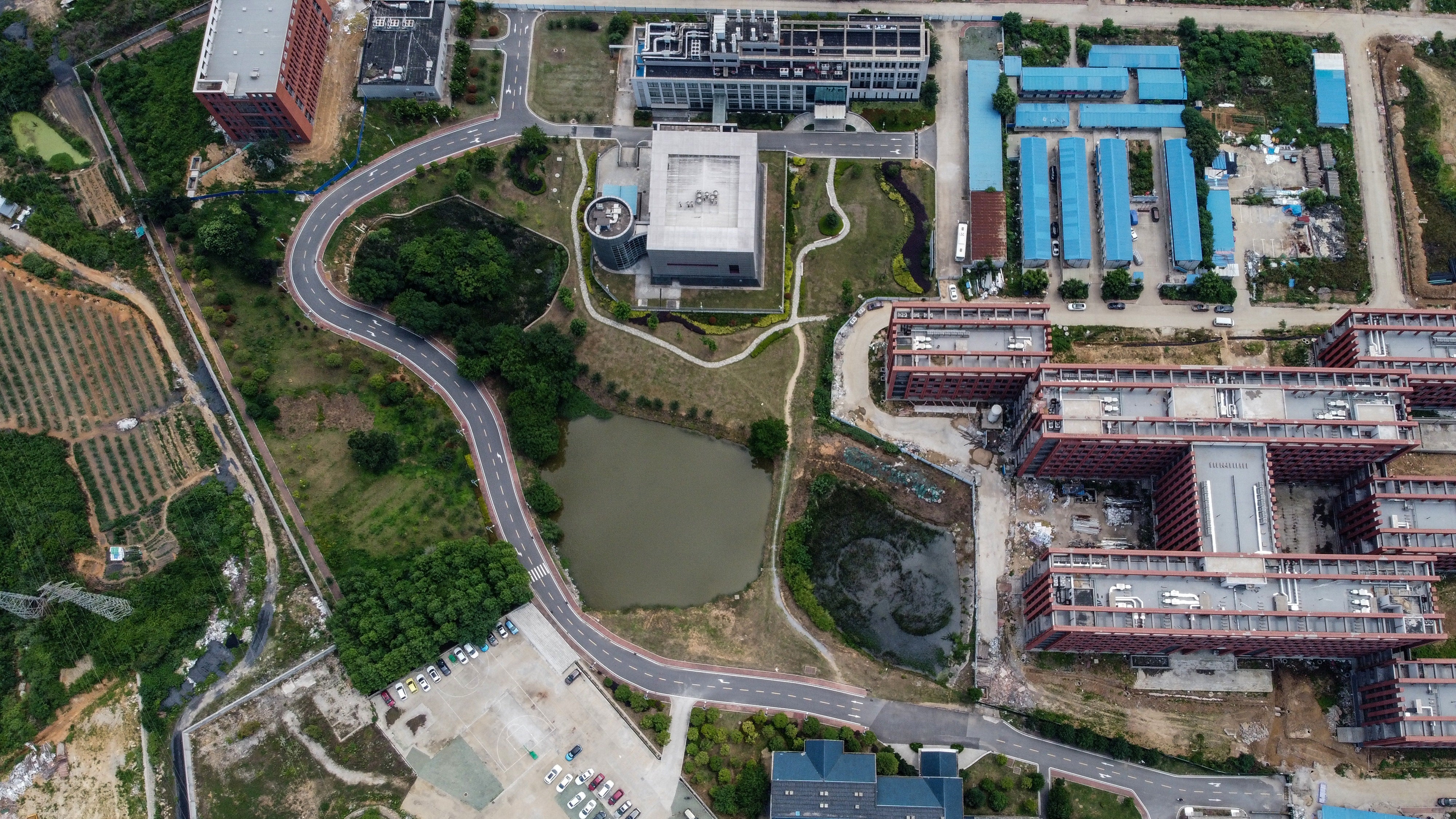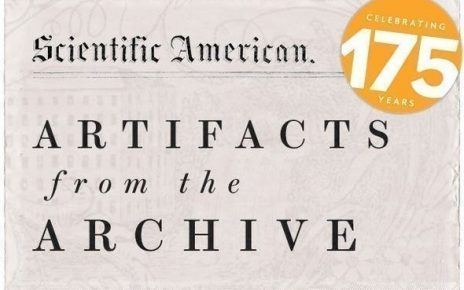
Intelligence reports have a checkered history. They have recently seized center stage in the debate over the origin of the pandemic virus. With a change of mind at the Department of Energy, and a mere restatement of position at the FBI, those arguing that the SARS-CoV-2 virus leaked from a lab at the Wuhan Institute of Virology are pressing their case. Most agencies still favor the natural route or say they don’t know.
This latest twist comes courtesy of an update to a 90-day intelligence agency review that President Biden received in 2021. The review weighed whether the virus had jumped from experiments at China’s Wuhan Institute of Virology, the “lab-leak” theory, or from a nearby animal market in that city where the outbreak first started, the “natural-origin” one.
We now know that the DOE was previously one of four agencies, along with the National Intelligence Council, that assessed, with “low confidence,” that the natural route was more likely. The reversal by the department on this point has the DOE supporting a lab origin, again with “low confidence.” Meanwhile the FBI’s statement reveals it was the one agency from the review’s unclassified summary that felt, with “moderate confidence,” that a lab leak was likely—unlike the others, which were neutral or leaned the opposite way.
An intelligence assessment isn’t a scientific conclusion. They are different beasts. The summary itself observes that different agencies weigh intelligence reporting and scientific publications differently. The important factor for intelligence assessments is the veracity of sources, whereas scientific conclusions depend on data and the coherence of the argument the data support. However, data from a scientist who has proved unreliable in the past will weigh less heavily in scientific conclusions, and intelligence analysts will regard fanciful stories from an otherwise reliable informant skeptically. The scientific data are available to the public, unlike the reporting that underlies the intelligence assessments.
Scientists share information widely, but intelligence professionals prefer to keep theirs to themselves. We don’t know whether new information changed the DOE’s position, or what that new information might be. The latest explanation of the DOE’s change remains unspecific. Switching from one low-confidence assessment to another is not a big step. The definition of low confidence is “that the information’s credibility and/or plausibility is uncertain, that the information is too fragmented or poorly corroborated to make solid analytical inferences, or that reliability of the sources is questionable.”
In the weeks after September 11, 2001, letters containing anthrax spores were mailed to NBC News, the New York Post and the offices of then-Senators Tom Daschle and Patrick Leahy. The FBI had primary responsibility for investigating who sent those letters. The investigation required seven years to develop a primarily circumstantial case against Bruce Ivins, a microbiologist and researcher at the U.S. Army Medical Research Institute of Infectious Diseases. That’s seven years for a more straightforward investigation than the one into the origins of SARS-CoV-2. Ivins killed himself in 2008, just as the Department of Justice was about to indict him.
Two later investigations, by a panel of scientists convened by the National Research Council of the National Academies and by the Government Accountability Office, found the FBI’s handling of samples inadequate to support their conclusions. An independent investigation by news organizations came to the same conclusions. Solving the mystery of the anthrax letters required cutting-edge science, which is not the FBI’s expertise.
Cutting-edge science is the expertise of the Department of Energy, however, which runs 17 national laboratories, several studying SARS-CoV-2 and its origins. Intelligence professionals in the national laboratories work with scientists to develop assessments. Because they are embedded in the laboratories, they can develop working relationships to explore puzzles of science and intelligence. Because I was responsible for a similar environmental cleanup site at Los Alamos National Laboratory, a question that I was involved in during the 1990s was whether the Soviets had done hydrodynamic tests at the Semipalatinsk Nuclear Test Site, scattering metallic plutonium chunks. Members of the intelligence division came to me and other chemists, and our physicist colleagues, to learn how and why such tests would have been performed, and what clues they would leave behind for analysts to spot. Eventually, we found that indeed tests were run in this way. A joint program with Russia and Kazakhstan recovered 100 kilograms of plutonium that might have gone to scavengers, as a result of this detective work.
Even the experts have a difficult problem in determining how diseases jump to humans. We still do not know the origin of the Ebola virus in humans, and it took three decades for scientists to trace the HIV virus, first identified in humans in the early 1980s, to a jump from wild monkeys in the 1920s.
Genetic markers for the possible pathways of SARS-CoV-2 to humans can be studied by DNA analysis and comparison to other viruses. No definitive evidence of laboratory manipulation has been presented. No connections have been found to known experiments at the Wuhan Institute of Virology, although China has not been forthcoming. There are gaps in the ancestry of SARS-CoV-2 that need to be closed before a definitive scientific conclusion can be made.
An intelligence estimate, particularly one developed in only 90 days, is simply not enough to determine how a virus leaped into humans. Science requires more. So far, the scientific evidence leans toward an accidental transfer from animals to humans, probably at the Wuhan animal market. The intelligence assessment continues to point in that direction—even with the DOE reversal— with admittedly not enough evidence for a reliable conclusion. “Trust me” is the inclination of the intelligence professional in arguing to the public and the basis for the lab leak origin, but a natural origin is backed by public data in scientific journals.
If there is new information or a new reason to believe otherwise, public confidence would be best served if that information is made known.
This is an opinion and analysis article, and the views expressed by the author or authors are not necessarily those of Scientific American.


